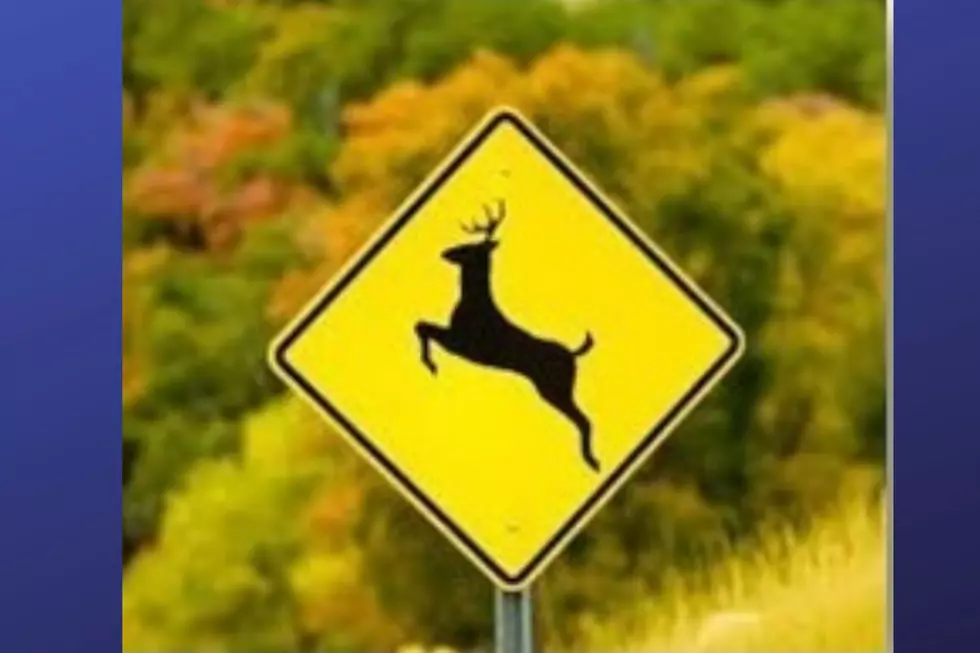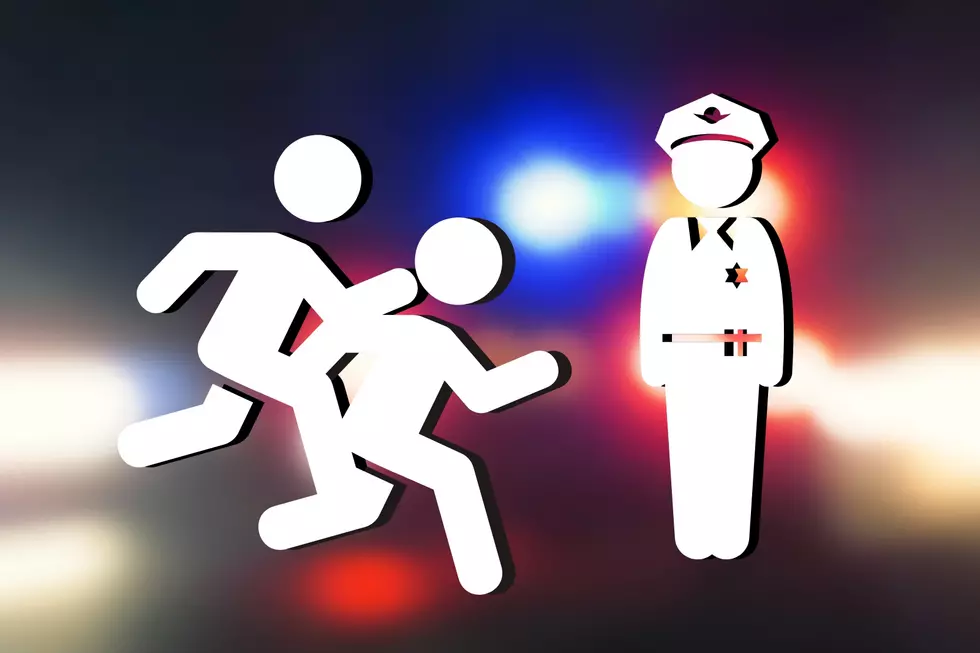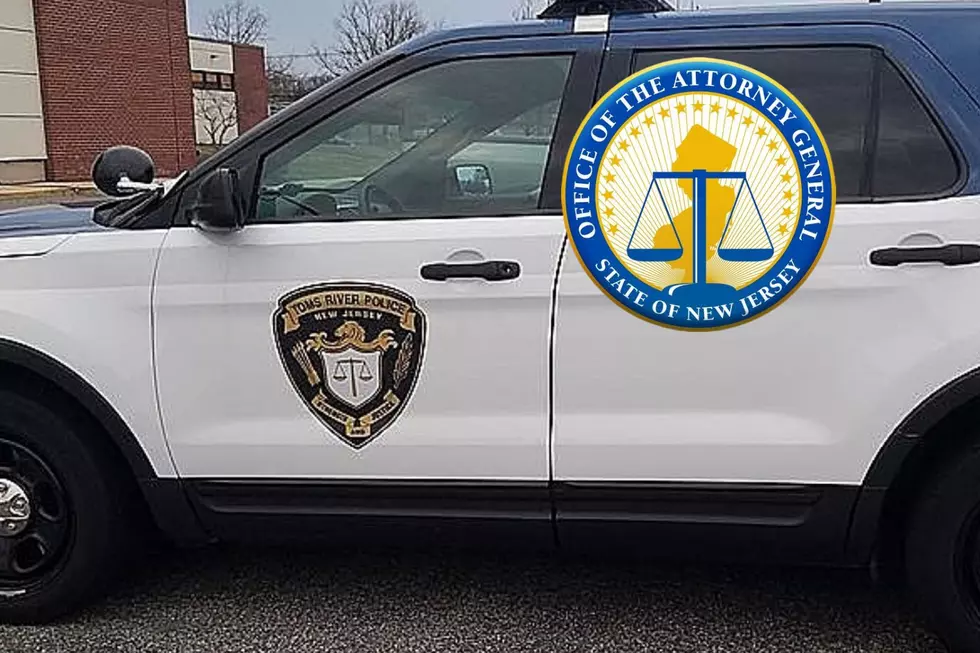
Oh, Deer! NJ Drivers Should Use Caution and Beware of Rutting Season
Be extra vigilant on the roadways as the mating season for white-tailed deer gets underway and daylight is limited during peak commuting hours.
That’s the message from the New Jersey Department of Environmental Protection and the New Jersey Department of Transportation.
When is the deer rut in New Jersey?
Peak mating season for deer in New Jersey runs from late October until mid-December, DEP spokeswoman Caryn Shinske said.
Deer are more likely to suddenly enter roadways at this time of year, also known as the fall rut.
“Motorists should be even more vigilant than usual in the morning before the sun comes up and in the evening because we are approaching the end of daylight saving time,” Shinske said.

Daylight Saving Time ends at 2 a.m. Sunday, Nov. 6. That means many commutes will align with the time when deer are most active in the Garden State. Lighting conditions may be the most difficult for driving, she said.
Male deer (bucks) are chasing female deer (does) during the rut and they are highly likely to just enter the roadways without warning, Shinske said. This increases the risk of drivers stopping suddenly or being involved in collisions.
“The New Jersey Department of Environmental Protection and the New Jersey Department of Transportation are urging drivers to please take the time to be extra vigilant, slow down, and increase your awareness of any sudden movement on the roadways during those darker periods of the day and evening,” Shinske said.
What are some tips to help drivers stay safe during the rutting season?
Slow down if you see a deer and watch for sudden movement. If the deer is in the road and doesn’t move, wait for the animal to cross the road. Do not try to drive around the deer because deer can move suddenly. There could be other deer that could be coming out of a wooded area. They usually follow one another in a line.
Watch for “Deer Crossing” signs. Make a mental note to be extra vigilant in that area. Slow down in areas known to have a high concentration of deer so there is enough time to stop.
Use the high beams on your vehicle during the dark periods when there is no oncoming traffic or vehicles ahead. High beams will be reflected by the eyes of the deer on or near the roads.
Please don’t tailgate. The driver ahead may have to suddenly stop to avoid colliding with a deer.
Always wear a seatbelt, as required by law. Shinske said it’s important to drive at a safe and sensible speed, following the speed limit, factoring for weather, traffic, curves, and other road conditions.
Do not swerve to avoid impact if a collision appears inevitable. A deer may counter-maneuver suddenly. Collisions are more likely to become fatal when a driver swerves to avoid a deer and instead collides with oncoming traffic or a fixed structure along the road, Shinske said.
If a car does hit a deer, Shinkse said to report it immediately to local law enforcement.
All, in all, it comes down to common sense.
“Be cautious. Leave earlier if you can, and pay attention,” Shinske said.
Off season at the Jersey Shore is a treat
More From WPG Talk Radio 95.5 FM










